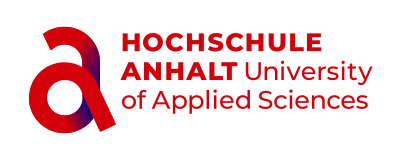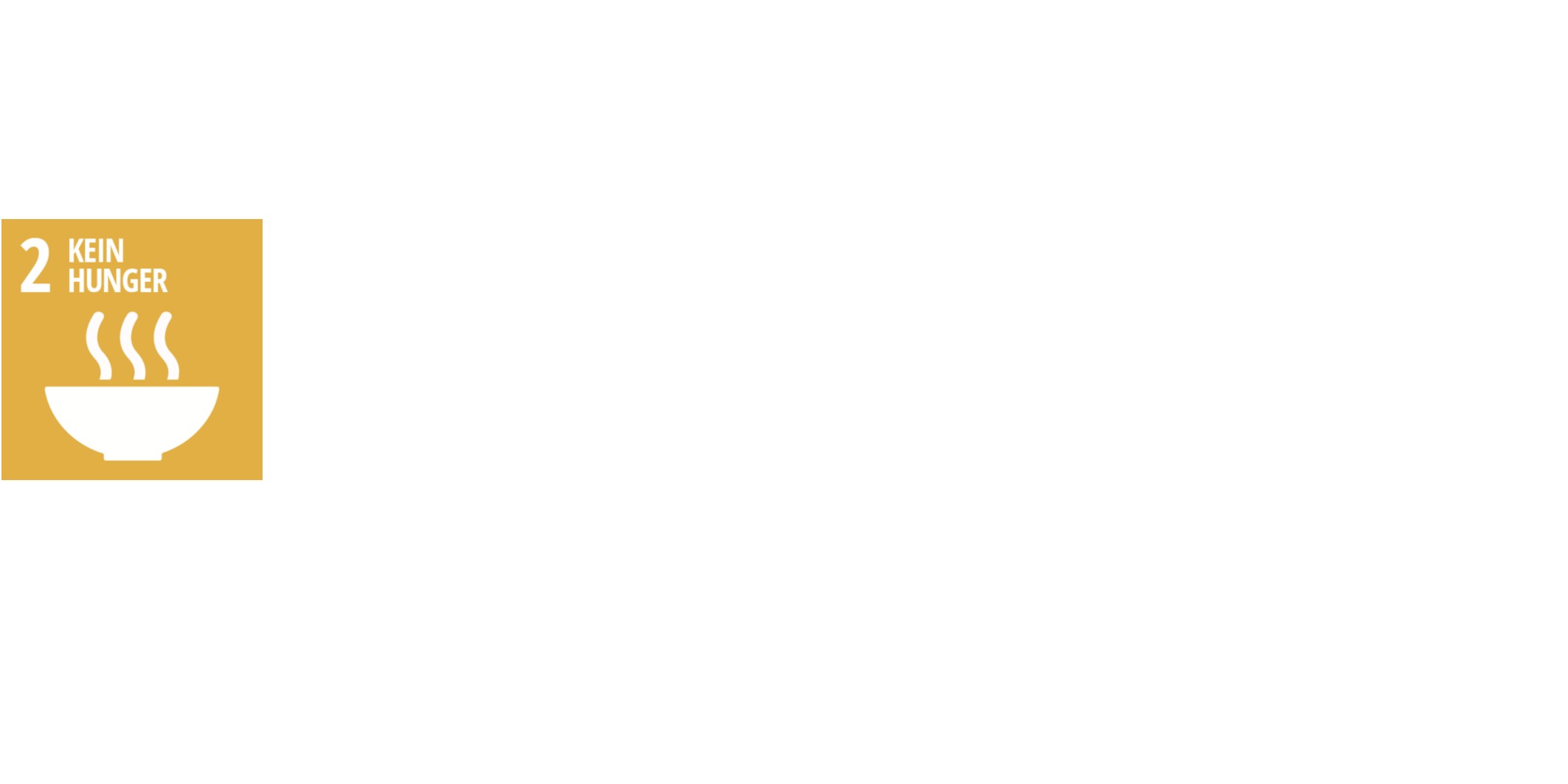In-situ conservation of crop wild relatives with a priority for food and agriculture using umbrella species
Background
Background
In Germany there are about 3500 wild plant species. Of these, the Federal Ministry of Food and Agriculture (BMEL 2015) defines an estimated 2800 species as wild plant species for food and agriculture (WEL species). Wild relatives of our cultivated plants (crop wild relatives - CWR) are of particular importance for securing food production and the production of other agricultural raw materials. They form a subset of the WEL species and are necessary for the cultivation of improved varieties.
The preservation of WEL species in ex-situ collections is only possible to a limited extent, since storage capacities are not sufficient to preserve the species and their intra-species diversity in a representative manner. Furthermore, these are static patterns that do not adapt to changing environmental conditions (Iriondo 2012, Maxted et al. 2008). The results of international (Castañeda-Álvarez et al. 2016, Vincent et al. 2019) as well as European studies (Dias et al. 2012) show that especially CWR species are underrepresented in ex situ collections, both from a taxonomic perspective and with regard to the geographical origin of their accessions. Even in situ these species are only insufficiently protected. According to Bilz et al (2011), 16% of 572 CWR occurring in Europe are considered to be at varying degrees of risk. Therefore, the in situ conservation of WEL species, especially of CWR, needs to receive increased attention.
In Germany, there are few systematic studies on the conservation status of WEL species inside and outside of protected areas, as these species have so far not or only rarely been defined as conservation goods of these areas and are therefore not the focus of conservation management. A global network of genetic conservation areas (GenEG) is considered to be the most effective measure to systematically protect populations of WEL species and their intra-species diversity in situ. In this context, a GenEG is defined as an area designated for active and permanent conservation measures and on which management and monitoring of the genetic diversity of naturally occurring wild plant populations is carried out (Maxted et al. 2015, 1997).
The majority of these small, fragmented sites lies within Natura 2000 areas. Nevertheless, many of them have lain fallow for several decades, but others have been abandoned more recently for socio-economic reasons. A reason for this is that land-use on these sites is often hampered by specific characteristics like unfavourable terrain, high ground water level, isolation or lack of a necessary first instalment.
However, exactly these small, fragmented sites often represent very species-rich remainders of open habitats and are home to populations of rare plant and animal species. We have to urgently find solutions for these, from a conservation standpoint, highly valuable sites with respect to management and financing. Since species diversity in open terrestrial habitats is aggregated in these small areas, the solution of this problem is essential for the conservation of species diversity in Saxony-Anhalt.
Bilz, M., Kell, S., Maxted, N., Lansdown, R.V. (Hrsg.), 2011. European red list of vascular plants. Publications Office of the European Union, Luxembourg.
BMEL, 2015. Pflanzengenetische Ressourcen in Deutschland - Nationales Fachprogramm zur Erhaltung und nachhaltigen Nutzung pflanzengenetischer Ressourcen landwirtschaftlicher und gartenbaulicher Kulturpflanzen.
Castañeda-Álvarez, N.P., Khoury, C.K., Achicanoy, H.A., Bernau, V., Dempewolf, H., Eastwood, R.J., Guarino, L., Harker, R.H., Jarvis, A., Maxted, N., Müller, J.V., Ramirez-Villegas, J., Sosa, C.C., Struik, P.C., Vincent, H., Toll, J., 2016. Global conservation priorities for crop wild relatives. Nature Plants 2, 16022.
Dias, S., Dulloo, M.E., Arnaud, E., 2012. The role of EURISCO in promoting use of agricultural biodiversity. In: Maxted N., Dulloo M.E., Ford-Lloyd B.V., Frese L., Iriondo J.M., Pinheiro de Carvalho M.A.A. (Hrsg.), Agrobiodiversity Conservation Securing the Diversity of Crop Wild Relatives and Landraces. p. CABI, Wallingford, 270-277.
Iriondo, J.M., 2012. CWR umbrella conservation approach. Working document prepared by AEGRO, Annex 9_2, http:// aegro.jki.bund.de/aegro/index.php?id=174, Download am 23.05.2019.
Maxted, N., Avagyan, A., Frese, L., Iriondo, J., Brehm, J.M., Singer, A., Kell, S., 2015. ECPGR Concept for in situ conservation of crop wild relatives in Europe 28.
Maxted, N., Dulloo, E., V Ford-Lloyd, B., Iriondo, J.M., Jarvis, A., 2008. Gap analysis: A tool for complementary genetic conservation assessment. Diversity and Distributions 14, 1018–1030.
Maxted, N., Hawkes, J.G., Guarino, L., Sawkins, M., 1997. Towards the selection of taxa for plant genetic conservation. Genetic Resources and Crop Evolution 44, 337–348.
Vincent, H., Amri, A., Castañeda-Álvarez, N.P., Dempewolf, H., Dulloo, E., Guarino, L., Hole, D., Mba, C., Toledo, A., Maxted, N., 2019. Modeling of crop wild relative species identifies areas globally for in situ conservation. Communications Biology 2, 136.
Project aims
Project aims
The aim of the project is to identify WEL umbrella species and candidates for genetic conservation areas (GenEG) from WEL species hotspots nationwide for the development of a German network of genetic conservation areas and to implement exemplary GenEG in certain regions.
For the most efficient selection of effective GenEG, the umbrella species concept is to be used, which enables a simplified representation of biological diversity and prioritises species protection measures. In this way, GenEG are also no longer directed at individual species, but rather focus on hotspots of WEL species of different habitat types.
The overall result should be a GenEG selection procedure for priority WELs which is economically efficient and can be integrated into existing nature conservation and agricultural financing activities.
Project partners: Julius Kühn-Institut – Federal Research Institute for Cultivated Plants (JKI)
Hochschule Geisenheim University (HGU)
Project management (Anhalt University of Applied Sciences): Prof. Dr. Sabine Tischew
Project researchers (Anhalt University of Applied Sciences): Thomas Engst, M.Sc., Vera Senße, M.Sc.
Funded by: the German Federal Ministry of Food and Agriculture (BMEL)
based on a decision of the Parliament of the Federal Republic of Germany
Funding by: the Federal Office for Agriculture and Food (BLE),
grant numbers 2819BM040 (JKI), 2819BM041 (HSA)
Project duration: 07/2020 to 04/2024






